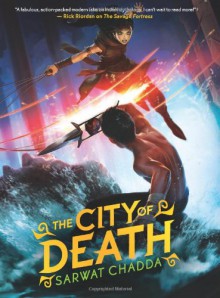In The Primrose Way by Jackie French Koller we find a detailed account of the first years of settlement in the Boston colony and its environs. Beginning in 1633, we find Rebekah onboard a ship from England just as they sight the land surrounding Massachusetts Bay. Rebekah is coming to join her father, an elder in the church. She is excited to reach the colony yet after leaving the comfort of a cozy home with servants she is somewhat taken aback at the conditions she finds in Boston. Things go downhill once more when she leaves the relatively civilized Boston for the new settlement of Agawam at the edge of the wilderness. Throughout the story Rebekah will deal with betrayal, loss, and love. But will she opt to return to England and the chance to be a bride or choose to remain in the colony and seek her true love?
The Primrose Way is a clever tapestry of fact and fiction that is skillfully woven by the author. Great detail into the everyday existence of both white settlers and Native Americans gives the reader a true picture of what life was like in the early 17th century. Easy reading that will move you through the story at a rapid pace but you'll want to slow down and savor each finely drawn scene. Don't gloss over the details - they add so much to the story. And while the story is placed in early America the characters deal with problems that are relevant today.
This book includes a glossary of Native American terms as well as a detailed bibliography for further reading. Teachers and students alike will enjoy The Primrose Way not only for its story but for the lessons it teaches. Highly recommended.

 Log in with Facebook
Log in with Facebook 








